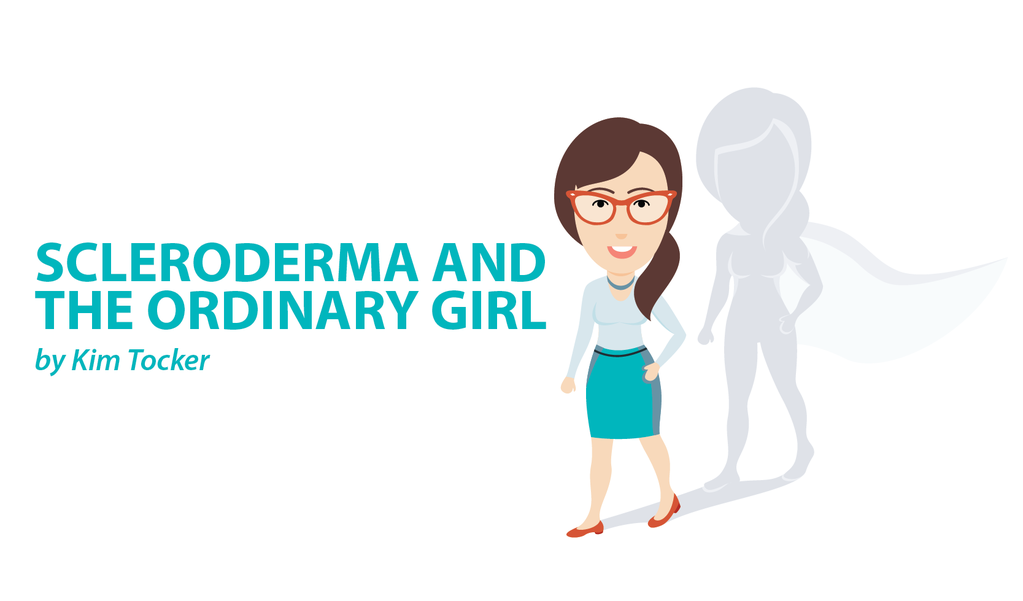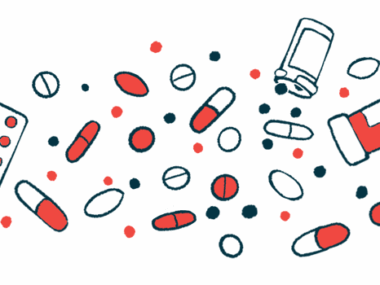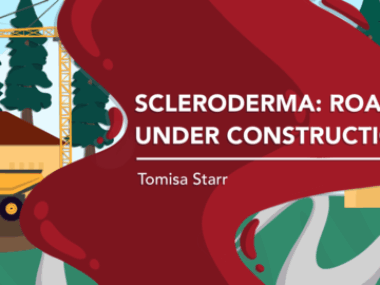Exercising with Scleroderma: The Paradox of My Enthusiasm
Written by |

As a scleroderma patient, I have a trusted team of medical experts who work with me to help keep me as well as possible, and prescription exercise is part of their treatment plan. This week, however, I’ve had to admit that I appear to be having a huge issue with managing any kind of workout requirements.
I had been back to my physiotherapist, who gave me some excellent exercises to help with my knee, joints and muscles. I felt excited and motivated to try them.
The next morning, I woke up and immediately knew I was in luck! I was having a good day, as my pain levels were minimal, and the scleroderma gods were smiling down on me. So I launched into the new exercise regime with gusto.
I gave my all, enthusiastically completing all of the prescribed exercises exactly as I was supposed to do. I felt great; my ego was pumped, I was excited and I felt a rush of exuberance. It was heady stuff. Proudly, I boasted of my achievement to family and friends.
That night, I had very little sleep. My pain meds weren’t enough. The next day, I crashed. The pain was intense and I could do no exercises. None. I felt deflated and disappointed and just couldn’t understand it. Enthusiasm is supposed to be a good thing, right? An admirable quality, the fuel that pushes you on toward bigger and better things.
I see the enthusiasts everywhere on Facebook, with a Fitbit map showing how far they have jogged, before and after shots of dramatic weight loss, achievers telling their stories and offering coaching wisdom and direction. People enjoy being around these motivated people; their excitement and spirited messages about “you can achieve anything if you put your mind to it, the only thing stopping you, is you!” is their catch cry. Particularly admired is their enthusiasm and “go, get ’em, give it all you’ve got” attitude. I, too, had been so proud of my gung-ho leap into achieving my goal and completing the exercises.
As I lay there the next day in a sorry state, recovering, I noticed my dysfunctional pattern.
Since being diagnosed five years ago, I’ve realized that I just don’t seem to be able to regulate myself at all when it comes to physical exercise. As soon as I have a “good” day (minimal pain and a little bit of spare energy), I throw myself into it fervently. That always results in a total physical meltdown the following day, and this lasts for at least a week. Then, as soon as I’m recovered enough and another good day comes, I’m at it again. And so the cycle goes.
The temptation to grab those “good days” and suck every bit of life out of them is powerful. When chronically unwell, these days are like gold, and I try to cram in every possible achievement I can. Also, the desire to be one of the admired “lively, spirited and enthusiastic” people is a potent enticement. My ego needs attention. I want to be known as the girl who overcame her pain and achieved all of the exercises. Not the girl who did OK, worked at things with a measured approach and at some point got to her goal, but it took so darn long that everyone forgot what the goal actually was after the first three months.
Quietly working away at one exercise over a week rather than a day, taking naps in between, and finishing only a quarter of the exercises set is neither something that elicits a “wow” response from the world, nor from myself. But committing to exercise in this quiet, contemplative manner will need more discipline and commitment than any gung-ho, “go hard or go home” approach, that’s for sure.
The truth is that as boring and unexciting as it is, this ordinary girl has to accept that having scleroderma means slow and steady wins the race. Not fast, furious, fervent and fantastic, and not, “Look at me, look at me!” My ego can really trip me up sometimes.
***
Note: Scleroderma News is strictly a news and information website about the disease. It does not provide medical advice, diagnosis, or treatment. This content is not intended to be a substitute for professional medical advice, diagnosis, or treatment. Always seek the advice of your physician or other qualified health provider with any questions you may have regarding a medical condition. Never disregard professional medical advice or delay in seeking it because of something you have read on this website. The opinions expressed in this column are not those of Scleroderma News, or its parent company, Bionews Services, and are intended to spark discussion about issues pertaining to scleroderma.







Connie
Ego gets us every time!!
Well written!!
John Saul
I've found that meeting a "down" day with the action of lacing up your running shoes and literally forcing a fast walk or jog, even when you feel that radioactive near-death feeling, produces a good result. I am familiar with the over-do. The "surplus" energy and exuberant mental state is hard to deny. However, we do it, and we follow up the best we can.
John. Venice, CA. 4.5 years systemic sclerosis.
PS- remember to write your insurance company and also Eli Lily Corporation reminding them that Raynauds patients need access to affordable Tadalafil now, not 10 years from now.
Julia Puricelli
Slow and steady is the way to win this race when exercising especially with Scleroderma. You should be proud of yourself for trying. I too have this disease. I have a great team of physicians as well. I am currently being treated for Systemic Scleroderma, Myositis & Raynauds. I was diagnosed 5 years ago. While I had to be sidelined at the onset and again during a flare up (11/2015-5/2016), my doctors goal has always been to get me back to my normal active lifestyle. I had to start back slow and went to a trainer who is also a physical therapist because I had to start from ground zero to build back all the muscle I had lost. Now, I exercise daily and train pretty hard...with their permission and well wishes. I am currently training for my 1st Olympic Triathlon (1500 meter swim, 20 mile bike & 6.2k run) in July 2017. I will then move on to train for my 1st Spartan Race in October. While I had to ease back into workouts/training w/ the help of trainer and/or coach. I have completed and competed in several 5ks, 10k, 15k, ½ Marathon (where I came in 1st for women in my age group), and several Sprint Triathlons. I swim, bike, run and lift weights. So while I know that I am fortunate to be able to do what I do. I know many of my peer and fellow warriors cannot. I am very grateful to my team. But want some of you wondering if you can live actively with the disease, the answer is yes. Also aside from my workouts/training. I work full time as an Accountant and keep up after my 10 year old daughter with her travel sports and activities. Good luck to you and with your journey. #SclerodermaAwareness #SclerodermaWarrior
Leslie R Crockett
I've done the same darn thing, over and over, but my chronic pain comes from fibro plus other issues. Overdoing also sets off migraines because of nerve damage from an accident. Feels like two steps ahead and three back. When you wake up with relatively low pain, you feel like super woman. I'm doing better after beginning rehab for a replaced shoulder but I still slip up. You think that I'd learned by my age (63). Part of the problem is that we have so much to do; especially with families, that we try to make up for lost time. I'm actually an Aspergers with fibro, ulcerative colitis and a couple of other chronic pain problems. My cousin; whom I love dearly, has scleroderma in addition to her other problems. We seem to have been thrown a genetic 'screwball'. ( baseball pitch) :)